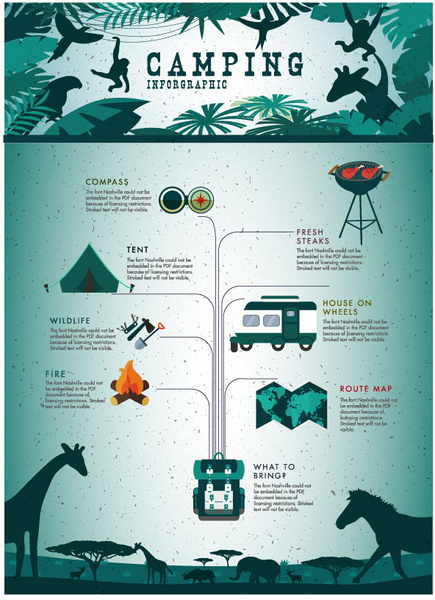Market Your Growing Online Camping Tents Business To Success By Selling Camping Tents
Market Your Growing Online Camping Tents Business To Success By Selling Camping Tents
Blog Article
Exactly How Vital Are Outdoor Tents Footprints/Ground Cover?
Outdoor tents impacts are an excellent way to secure your outdoor tents flooring from abrasions and extend its practical life. Almost all equipment suppliers use their own brand-specific impacts that are created to match their particular outdoor tents designs.
How long does a canvas tent last?
This tailored technique supplies ease of configuration and decreases the threat of rain seeping in with the seams.
What are they?
Outdoor tents footprints (likewise known as camping tent ground sheets or under tent pads) offer a layer of defense between the base of your tent and the outside setting. They secure your tent from sharp objects, wetness, and unpleasant surfaces.
A lot of camping tent suppliers use their own branded footprints designed to fit perfectly with their marked shelter designs. Nevertheless, these are generally expensive and fairly hefty compared to do it yourself choices like Polycryo or Tyvek.
Impacts are normally made from durable, water resistant products such as polyurethane, nylon or silnylon. For ultralight backpackers looking for to minimize pack weight, there are likewise lightweight, high-strength choices made from Cuben Fiber (Dyneema). It's important to select an impact that's a little smaller than your outdoor tents to prevent rainwater from leaking down the sides of your shelter and funneling beneath you while you sleep-- no person wishes to awaken in a pool! An impact is a worthwhile addition to any type of outdoor camping journey. It aids ensure a lengthy life-span for your tent while including convenience and peace of mind.
How crucial are they?
Camping tent footprints secure the base of your camping tent from abrasion and moisture, helping to expand its life expectancy. They're usually made of waterproof and dirt-resistant products like polyethylene or a light-weight oxford polyester, though the denier of the material will certainly differ (the higher the denier number, the thicker and burlier).
A lot of impacts are made to exactly match the shape of your camping tent's floor, which helps reduce product waste. Many have grommets or loops where you can weave guylines for tension and stakes, making sure that the impact is firmly held down.
If you camp in harsh terrain or areas where there's a great deal of downed branches and sharp rocks, a camping tent impact is well worth the added weight and mass. But if you regularly camp in dry, sandy or rocky conditions, an impact may be excessive. camping tents shop A tarpaulin is a better alternative in that instance.
Do you commonly load one?
If you're camping on a very level surface where rocks and sticks aren't an issue, a camping tent footprint possibly isn't needed. If you are in the backcountry with a great deal of harsh surface, a footprint can make life much easier.
Footprints are normally sized somewhat smaller sized than the base of the outdoor tents. That's due to the fact that a bigger impact would certainly catch rain and funnel it under the outdoor tents, where you might awaken in a puddle.
Nevertheless, footprints can be expensive and hefty if you purchase one from the manufacturer of your tent (the Big Agnes Tiger Wall surface UL 2 footprint, for example, sets you back $70 and evaluates six ounces). You can save cash and weight by making your own DIY impact by cutting an item of Tyvek or other waterproof material to the exact measurements of your sanctuary. You can even add grommets for very easy attachment. The primary benefit of a footprint is that it helps to shield the flooring of your backpacking camping tent from unpleasant components such as rocks and twigs.
How do you keep them cleanse?
A manufacturer's footprint can add substantial weight to your sanctuary system and if you're an ultralight backpacker attempting to save every ounce, it might not be worth it. Because of this, numerous backpackers will make use of a do it yourself groundsheet that's constructed out of something like Tyvek or Polycryo and cut it to size for their outdoor tents footprint.
This alternative is fairly economical and will secure your outdoor tents from dampness, rocks, thorns, sticks, etc, while additionally helping to maintain the bottom of your tent completely dry.
If you do choose to acquire a footprint, be sure it's made especially for your specific camping tent as this will certainly help in reducing water merging around the edges of your shelter. As an example, if your tent footprint is too large and expands past the edge of your rainfly, it will certainly gather rainfall which can permeate right into lighter-weight tents and potentially wear down the flooring. See to it it fits your camping tent fairly well to avoid this.
Why canvas tents can keep water out during rain?
